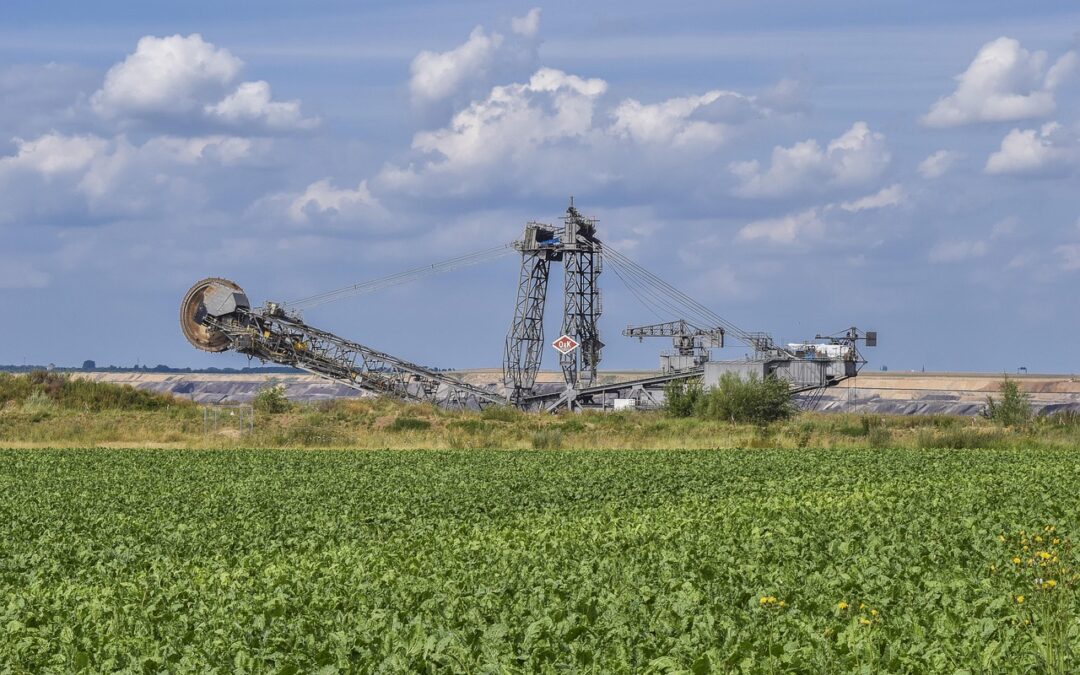The 20th century witnessed incredible progress in the mining industry, driven by technological advancements and an evolving global economy. These transformative innovations in 20th century mining reshaped operations, improving efficiency, safety, and sustainability while revolutionizing how resources were extracted and managed. Let’s explore the breakthroughs that forever changed the mining landscape.
Mechanization and Automation: Transforming Efficiency and Safety
One of the most significant milestones in 20th century mining was the introduction of mechanization. Hand tools and manual labor gave way to powerful machines like continuous miners, hydraulic shovels, and haul trucks. These innovations increased output while drastically reducing the physical strain on workers.
Automation took efficiency a step further, enabling machines to perform repetitive or dangerous tasks with precision. Transformative Innovations Technologies like conveyor belts and automated loaders minimized human error and reduced accident risks. This shift not only boosted productivity but also prioritized worker safety—a key theme throughout the industry’s modernization.
Technological Evolution in Exploration
Before the 20th century, mining exploration was often a game of chance. Technological breakthroughs brought a new level of precision to this critical phase.
- Geophysical tools like magnetometers and seismic surveys allowed miners to identify ore deposits more accurately.
- Drilling technology improvements enabled deeper, more cost-effective sampling.
- The advent of satellite imagery helped mining companies map potential sites and understand their geographical context.
This technological evolution reduced exploration costs and environmental disturbances, making mining ventures more sustainable and predictable.
Safety Innovations: Protecting Workers through Advanced Technology
Safety in mining saw remarkable advancements in the 20th century, addressing the industry’s historically high accident rates. Mine safety training was enhanced with innovations such as:
- Self-rescue devices for emergencies involving hazardous gases.
- Advanced ventilation systems to manage air quality in underground operations.
- Personal protective equipment (PPE) designed to withstand the rigors of mining environments.
- Remote monitoring systems to track potential hazards in real time.
These safety innovations demonstrated a commitment to protecting miners and reducing workplace fatalities, cementing safety as a core value in the industry.
Environmental Impact Mitigation: Technological Solutions for Sustainable Mining
Mining’s environmental footprint has long been a concern. However, 20th century innovations introduced ways to mitigate its impact.
- Water recycling systems helped reduce freshwater usage in operations.
- Dust suppression technologies minimized air pollution in and around mining sites.
- Land reclamation practices allowed ecosystems to recover after mining activities ceased.
These solutions demonstrated the industry’s growing focus on sustainability, ensuring that mining operations balanced resource extraction with environmental stewardship.
Innovations in Extraction Techniques: Maximizing Efficiency and Recovery
Extraction techniques evolved significantly during the 20th century, allowing miners to access resources more efficiently and recover higher yields.
- Open-pit mining became a dominant method for extracting near-surface minerals.
- Heap leaching revolutionized gold and copper mining by using chemical solutions to separate valuable metals from ore.
- Continuous mining machines streamlined coal extraction, cutting and loading material in a single operation.
These innovations enhanced resource recovery rates while lowering production costs, enabling mining companies to meet growing global demand.
The Digital Revolution: Computing and Data-Driven Mining
The rise of digital technology in the latter half of the 20th century brought mining into the information age.
- Computer modeling and simulations improved mine planning and design, minimizing risks and inefficiencies.
- Data analytics provided real-time insights into operations, enabling better decision-making.
- GPS technology optimized fleet management and resource tracking, reducing operational delays.
This digital revolution transformed mining into a data-driven industry, paving the way for smarter, more connected operations.
Exploring New Frontiers: Expanding into Remote and Extreme Environments
As easily accessible resources dwindled, miners ventured into more remote and extreme environments. Technological innovations made these ambitious endeavors possible:
- Deep-sea mining equipment was developed to harvest resources from the ocean floor.
- Cold-weather technologies allowed operations in Arctic and sub-Arctic regions.
- Advances in drilling enabled access to resources located miles below the Earth’s surface.
These innovations expanded the mining industry’s reach, ensuring a steady supply of resources for an ever-growing global economy.

Economic Forces and Global Trade: Fueling Innovation in a Growing Industry
The 20th century saw unprecedented globalization, which drove demand for resources like coal, iron, and precious metals. This demand fueled innovation as mining companies sought to improve efficiency and meet market needs.
- International trade agreements facilitated the flow of mined goods across borders.
- Competition spurred technological advancements, as companies vied to reduce costs and increase output.
- Economic booms and technological revolutions (such as the rise of automobiles and electronics) amplified resource demand, encouraging innovation in extraction and production.
Economic forces and global trade were powerful motivators behind many of the transformative innovations in 20th century mining.
The Continuous Evolution of Mining Technology
The innovations of the 20th century laid the foundation for the modern mining industry. Mechanization, safety improvements, environmental solutions, and digital tools have all contributed to an industry that is more efficient, safer, and more sustainable than ever before.
As the 21st century progresses, mining technology continues to evolve, promising further advancements that will shape the future of resource extraction. The legacy of transformative innovations in 20th century mining is a testament to the industry’s ability to adapt and innovate in response to challenges and opportunities.

